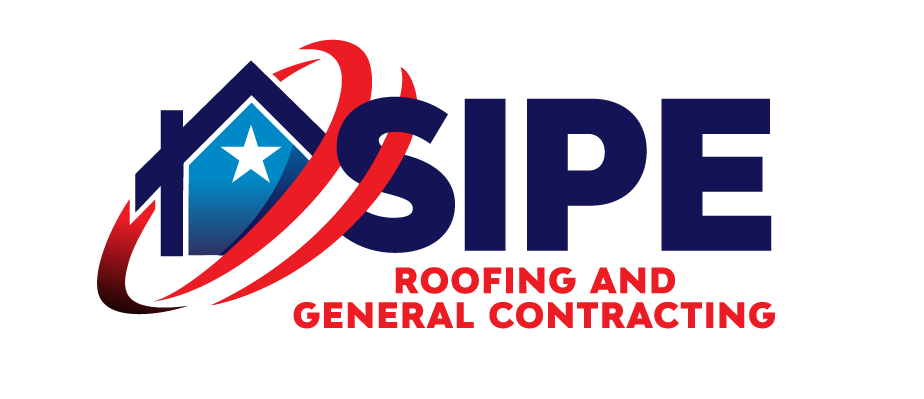Commercial and Residential Roofing Company
24/7 Emergency Services
Lifetime Warranty Available for Materials
Free Roofing Inspections
Request Call Back
Hero Request Form
Thank you for contacting us.
We will get back to you as soon as possible
Please try again later
Trusted Roofing Experience in Burlington, NC and Beyond
With over 40 years of experience, Sipe Roofing & General Contracting stands as Burlington's premier choice for all roofing needs. Whether it's a new roof installation, storm damage repair, or routine inspection, our team provides 24/7 emergency services and unparalleled warranties.
Take advantage of our teacher, first responder, and military discounts. We also offer free inspections, and a commitment to handle all insurance paperwork. Our partnerships with leading brands like GAF, Owens Corning, and CertainTeed ensure lasting quality. Ready for a lifetime of roofing protection? Call us today for a free inspection!
Why Choose Sipe Roofing & General Contracting?
Since our founding in 1996, Sipe Roofing & General Contracting has been setting the gold standard as a top commercial and residential roofing company in Burlington, NC and its neighboring communities. With over four decades of hands-on expertise, our professionals are equipped and always ready to address your roofing concerns 24/7. Each project we undertake benefits from our three-year labor warranty, along with robust manufacturer warranties from industry leaders like GAF, Owens Corning, and CertainTeed. As storm damage specialists, we pride ourselves on delivering swift, comprehensive repairs, ensuring your home remains a sanctuary against the elements. Want to discover the unmatched quality and personal attention we bring to every job? Call Sipe Roofing & General Contracting to book your free inspection today.
24/7 Emergency Services
Over 40 Years of Experience
Three-Year Labor Warranty
Teacher, First Responder, and Military Discounts Available
Lifetime Materials Warranty Available
Free Roofing Inspections
FREE ROOF INSPECTIONS
These are five reasons to get a roof inspection done before calling the insurance company:
Claims can be confusing: Sipe Roofing & General Contracting will inspect your roof damage and work with your insurance company.
Expert analysis: Insurance adjusters are not repair experts. Let Sipe Roofing & General Contracting, the experts, inspect the roof, analyze the damage, and present the findings to the adjuster.
Filing an insurance claim: Filing an insurance claim may not be worth it. Sipe Roofing & General Contracting can inspect and give you a repair or replacement estimate.
Avoid traps: Sipe Roofing & General Contracting can assess your problem to find out if it is storm damage or an already present issue that may not be covered.
Bridging the gap between the adjuster and property owner: Let Sipe Roofing & General Contracting be the middle man and work with the adjuster to help you.
Here's what our satisfied customers are saying...
At Sipe Roofing & General Contracting, we take pride in providing exceptional roofing services to our customers. We would be grateful if you could share your thoughts about our roofing contractors with others. Your feedback helps us improve and helps others make informed decisions. Please take a moment to leave a review of Sipe Roofing & General Contracting and let others know what you think.
Learn More About Sipe Roofing & General Contracting
Serving the Burlington, NC area, Sipe Roofing & General Contracting specializes in roofing replacements and roofing installations. 24/7 emergency service. Insurance claim specialist. Lifetime warranty available for materials. Free roofing inspections. Call today.
serving Area
Burlington, NC
and surrounding areas
Business Hours
Emergency Services Available 24/7/365
License #29758

Share On: